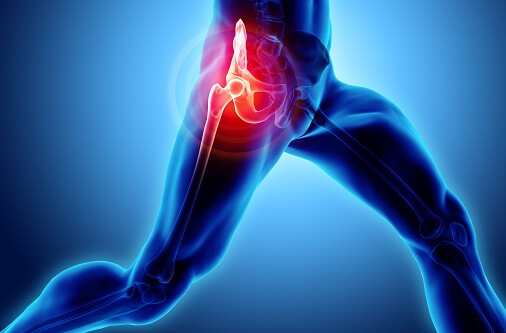Piriformis syndrome is a condition that occurs when the piriformis muscle, located deep in the buttock region, becomes tight, inflamed, or irritated, resulting in pain and discomfort.
The piriformis muscle is responsible for certain movements of the hip and plays a role in stabilizing the joint.

When the piriformis muscle spasms or tightens, it can put pressure on the nearby sciatic nerve, which runs beneath or sometimes through the muscle.
This compression of the sciatic nerve can lead to symptoms similar to sciatica, including pain, tingling, and numbness that radiate from the buttock down the leg, often following the path of the sciatic nerve.
The exact cause of piriformis syndrome is not always clear, but it can be associated with several factors, including:
- Muscle imbalances or tightness: Imbalances between the piriformis muscle and other surrounding muscles can lead to increased stress on the piriformis and contribute to its irritation or spasm.
- Overuse or repetitive activities: Excessive or repetitive movements that involve the piriformis muscle, such as running, cycling, or sitting for long periods, can strain or irritate the muscle.
- Trauma or injury: Direct trauma to the buttock region, such as from a fall or impact, can cause inflammation and trigger piriformis syndrome.
- Anatomic variations: Some individuals may have variations in the anatomy of the piriformis muscle or sciatic nerve, making them more susceptible to compression and piriformis-related symptoms.
Read: Budget Friendly Premium Massage Guns
Treatment for piriformis syndrome typically involves a combination of conservative measures, including:
- Rest and activity modification: Avoiding activities that worsen the symptoms and allowing the muscle to rest can help alleviate discomfort.
- Stretching and strengthening exercises: Specific stretches and exercises can help improve flexibility, reduce muscle tightness, and strengthen the surrounding muscles, promoting better alignment and reducing the pressure on the sciatic nerve.
- Heat or cold therapy: Applying heat or cold packs to the affected area can help reduce inflammation and provide temporary pain relief.
- Medications: Over-the-counter nonsteroidal anti-inflammatory drugs (NSAIDs) or muscle relaxants may be recommended to manage pain and muscle spasms.
- Physical therapy: Working with a physical therapist can provide targeted exercises, manual techniques, and guidance on proper movement patterns to alleviate symptoms and prevent future episodes.
In rare cases where conservative measures are ineffective, more invasive options such as corticosteroid injections or surgery may be considered.
If you suspect you have piriformis syndrome or are experiencing symptoms similar to sciatica, it is recommended to consult with a healthcare professional for an accurate diagnosis and appropriate treatment plan tailored to your specific condition.
Disclaimer: The information provided in this blog is for educational purposes only and should not be considered a substitute for professional medical advice, diagnosis, or treatment. Always seek the advice of your healthcare provider or qualified medical professional with any questions you may have regarding a medical condition.


